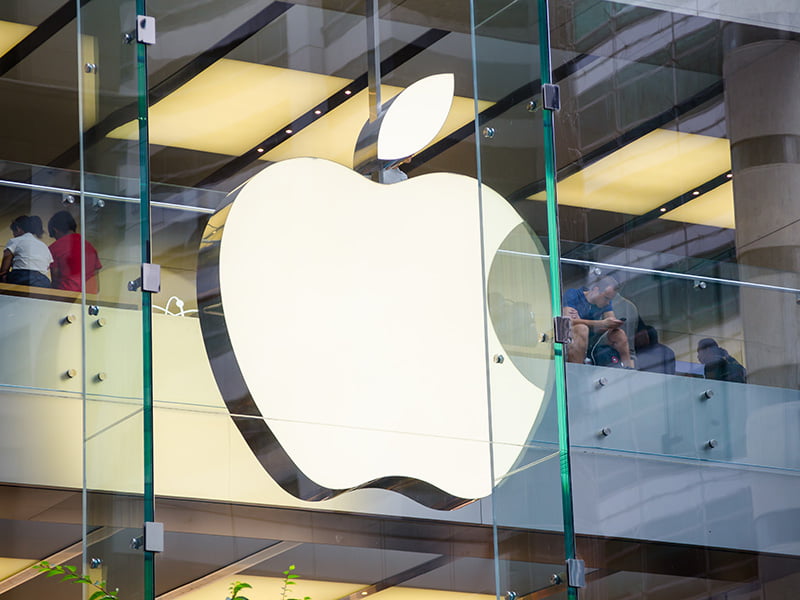Apple has deployed a new safety feature that enables Australian children to flag unwanted nude images directly with the tech giant for referral to the police, pre-empting requirements of proposed online safety codes recently released for consultation.
On Thursday, the California-based company rolled out a Beta version of its latest iPhone software update, which includes a new image reporting function for the iMessage messaging app. The features is being tested in Australia before a global rollout.
The new in-app feature will be enabled by default for children with adults given the option to opt-in. The feature has been released two days after consultation on phase two of the eSafety-led online safety codes began, which will require on-platform reporting tools.
eSafety Commissioner Julie Inman Grant said the Australian premiere “is no coincidence” given the regulator has “called for clear and accessible user reporting measures since our first Basic Online Safety Expectations (BOSE) report in December 2022”.

Images containing nudity received or sent by children are already automatically detected and blurred via a communications safety feature using on-device analysis, meaning Apple is not alerted if nudity is detected. Adults can opt-in to a similar sensitive content warning.
When a report is made through the new reporting feature, the images or videos of nudity will be sent to Apple. It will also include the messages sent just before and after.
Prior to sending the report to Apple, children can still access the existing options to access additional online safety resources or to contact a trusted person for help. After reviewing the report, Apple can ban users or contact law enforcement.
Ms Inman-Grant said the “easily discoverable ways to report harmful content and abuse” are fundamental to the BOSE, which sits under the Online Safety Act.
“This is a positive safety innovation and as Apple continues to test its efficacy, we look forward to learning how such tools can contribute to greater safety outcomes across the industry. We also commend Apple for making this Communications Safety tool available to developers,” Ms Inman Grant said.
However, the eSafety Commissioner reiterated her call for Apple and other platforms “to broaden its approach” with new measures that protect users “from the full range of online harms”, including terrorist content, technology-facilitated abuse and re-traumatisation through the hosting and sharing of child sexual exploitation material.
Phase one of eSafety’s online safety codes and standards focused on implementing features that tackled illegal content like pro-terror and child sexual abuse material.
The second phase of industry codes are targeting content inappropriate for children like online pornography, self-harm material, simulated gambling, and crime, violence, or drug-related material.
Codes for eight categories of electronic, digital, and social media services are being developed by five industry groups: the Australian Mobile Telecommunications Association. Communications Alliance, Consumer Electronics Suppliers Association, and the Digital Industry Group Inc.
The phase two relevant electronic services code — which includes instant messaging services like iMessage — must provide a means of reporting content to the service provider.
Similarly, the draft code for social media services will require service providers to include tools on their digital platforms that “enable Australian end-users to report, flag and/or make a complaint about high impact online pornography or self-harm material”.
Many of the draft codes also require service providers take steps to implement age assurance and access control measures, “to the extent technically feasible and reasonably practicable”.
The Department of Infrastructure, Transport, Regional Development, Communications and the Arts is working to complete a trial of age verification technology by the end of October, ahead of the government plans for a social media ban for children.
Do you know more? Contact James Riley via Email.

